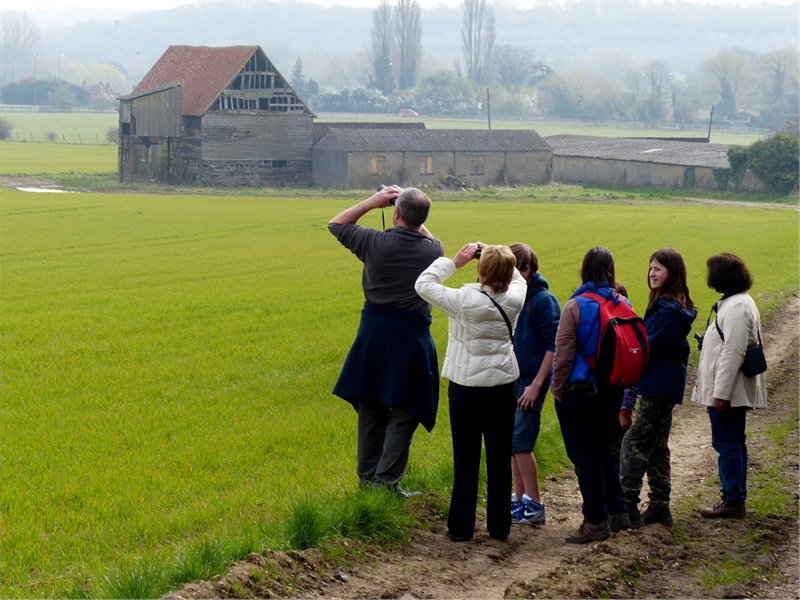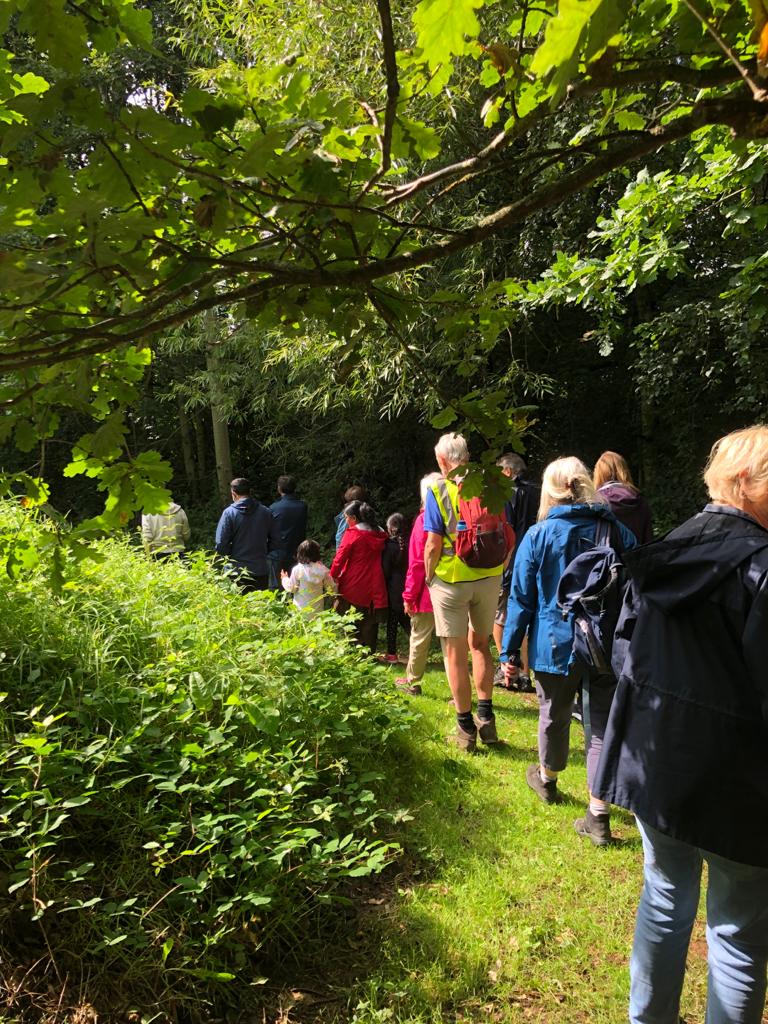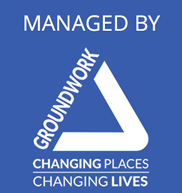The countryside on the edge of large cities is crucially important for both people and wildlife. Recent changes to national planning policy threaten the Colne Valley and other areas like it. Yet with this threat could come the opportunity to create the best managed and best connected green corridor around any city in Europe. We need to fight for the countryside on your doorstep.
Realising the value of the countryside on the fringes of major cities
We firmly believe the ‘inner’ Green Belt – the countryside on the edge of large cities – has a critical role to play in improving the health and well-being of millions of people living in urban areas.
Unfortunately, there is a key flaw in national planning policy: it doesn’t acknowledge the undoubted value of the countryside lying at the fringes of our major cities.
A summary of our views on the weaknesses of national planning policy relating to the Green Belt, and how these weaknesses can be addressed :
- The stated purposes of the Green Belt are still aimed at preventing things from happening, rather than exploiting the positive potential of the countryside next to large urban areas.
- The introduction of ‘Grey Belt’ fundamentally changes how the Green Belt works: it weakens protection yet doesn’t go far enough to require developers to properly fund improvement of what remains. For further detail see below.
- Planning now has to be considered at a far broader level. Focusing on individual sites or discrete council areas simply doesn’t work when it comes to improving connectivity for people and wildlife. We have to find ways for effective planning on a landscape scale. And it’s in everyone’s interest to do so.
- We applaud recent initiatives for nature, but the major omission is how to address people’s access to the natural environment, and how to improve landscape quality.
We are only too familiar with the unintended consequences of previous and current governments’ planning policies.
In our view, the Colne Valley Regional Park is an ideal place for national government to demonstrate how it can achieve the aims of its growth agenda, and show how it can provide attractive places for people to experience nature and green space with all the physical and mental health benefits that brings.
The danger is that, in the rush to promote growth and development, we will see piecemeal schemes and millions of city dwellers will end up with disjointed fragments of green space on their doorstep. Yes, some Green Belt will be well managed (e.g. country parks, nature reserves etc) but most of the remaining countryside will be unmanaged and sucked into a downward spiral of fly tipping, illegal activity and dereliction. The remaining green spaces will not be well connected, neither to each other nor to the cities they are close to. The result? People would be denied the option to walk or cycle in order to enjoy nature and the countryside, with negative consequences for physical and mental health.
We see no reason why large-scale development being proposed around our major cities cannot provide the finance to create the best managed and best-connected green corridors for people and wildlife in Europe (albeit smaller or narrower than we have now).
Unfortunately, our calls for the right policies that could make this happen have gone unheeded.
Changes to National Planning Policy Framework
The Government published a revised National Planning Policy Framework (NPPF) just before Christmas (traditionally a great time to bury bad news). There were two fundamental changes that will have a serious impact on the Colne Valley Regional Park.
1.The introduction of Grey Belt
The definition of Grey Belt is: “Land which does not strongly contribute to [three of the five] green belt purposes”. These three purposes are:
- checking the “unrestricted sprawl of large built-up areas“;
- preventing “neighbouring towns merging into one another“; and
- preserving the “setting and special character of historic towns.”
This means that the following purposes of Green Belt now no longer count for anything, when considering grey belt:
- “to assist in safeguarding the countryside from encroachment” and
- “to assist in urban regeneration, by encouraging the recycling of derelict and other urban land.”
Some MPs are still content to mislead the public, that Grey Belt is simply, about building on ‘disused car parks’ or ‘abandoned petrol stations’. Where are these mythical sites? There certainly aren’t many – if any – in the Colne Valley Regional Park.
The lack of precise definitions of this revised planning policy is extremely dangerous. Loose legislation results in flawed law.
2. Weakening obligation on developers to improve the Green Belt
The government has removed the obligation for development to provide ‘compensatory improvements’ to Green Belt that remains.
We welcome the new ‘golden rules’ that mean development must improve Green Infrastructure (amongst other things). But this only applies to housing. These ‘golden rules’ should be extended to plans for warehouses, motorway services, film studios or data centres that are built in the Green Belt.
After all, these are commercial enterprises that will return a significant profit, so is it too much to expect communities bearing the brunt of those developments should receive equitable compensation for their impact?
All planned development in the Green Belt should pay its way to improving what remains.
Realising the potential of the Colne Valley for people
We submitted evidence to Parliament’s Environmental Audit Committee on the unintended consequences for areas like the Colne Valley of this change to National Planning Policy Framework. We also submitted a response to the planning reform working paper – Development and nature recovery.
Our submissions describe how the potential of the first taste of countryside around cities can be realised.
It is possible for the government to build the houses that are desperately needed, achieve growth and also to improve important areas like the Colne Valley Regional Park. In fact, ‘planning gain’ from development in the Green Belt can provide the funding to improve the countryside, biodiversity and paths that remain.
We stand ready to work with national government and local authorities to achieve this for the benefit of current residents, new residents and the 10 million people who live within 15km of the Park.
Conclusion
There is no doubt that the changes made to National Planning Policy Framework just before Christmas are a massive backward step for areas like the Colne Valley Regional Park.
But it is not too late.
We remain committed to making a concerted effort to lobby politicians and decision makers on this vitally important issue in the coming months.





